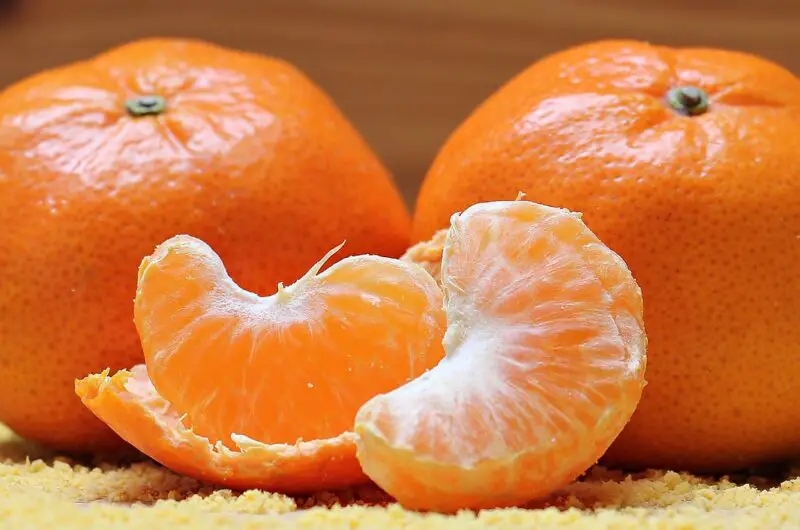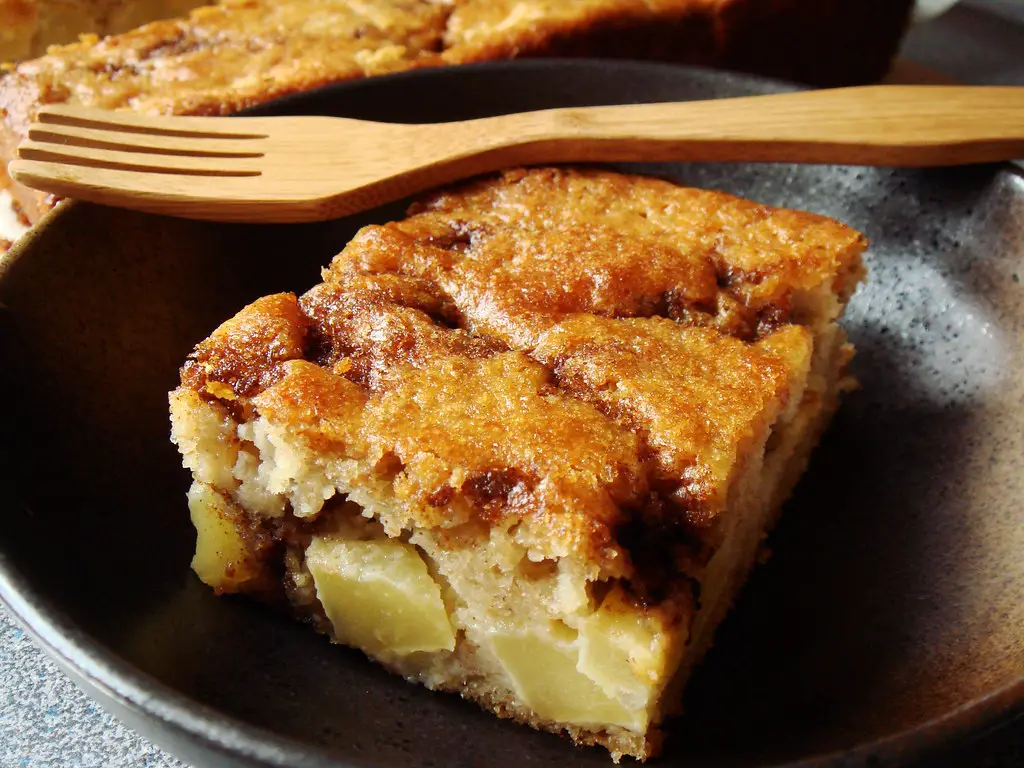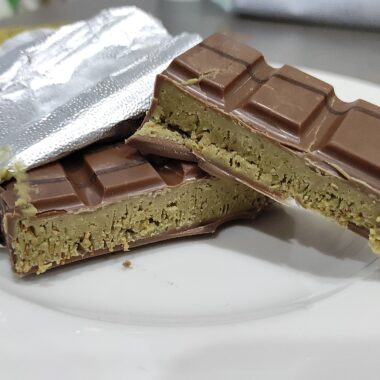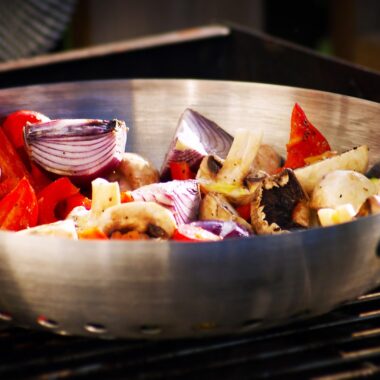Every day, countless food scraps end up in the trash, contributing to waste and environmental damage. But what if you could give those scraps a second life? By repurposing kitchen waste, you can save money, reduce your environmental footprint, and even create delicious or useful household products. From vegetable peels to eggshells, the possibilities are endless. Here are seven clever ways to make the most out of kitchen scraps that you’d typically toss away.
1. Turn Vegetable Scraps into Flavorful Homemade Broth
One of the easiest and most useful ways to repurpose vegetable scraps is by making homemade broth. Instead of discarding onion skins, carrot peels, celery leaves, and herb stems, store them in a freezer bag until you have enough to make a batch of broth.
How to Make Vegetable Broth:
- Gather a mix of vegetable scraps such as onion peels, carrot ends, celery tops, garlic skins, and herb stems.
- Place them in a large pot and fill it with water.
- Add salt, pepper, and optional seasonings like bay leaves or thyme.
- Simmer on low heat for an hour or two until the broth is rich in flavor.
- Strain out the solids and store the broth in jars or freeze it in ice cube trays for later use.
This homemade broth can be used for soups, stews, risottos, or as a base for sauces, making it a great alternative to store-bought versions that often contain preservatives.
2. Use Citrus Peels for Natural Cleaners
Citrus peels from oranges, lemons, and limes are packed with natural oils that make them perfect for homemade cleaning solutions. Instead of throwing them away, you can use them to create an all-purpose cleaner that is both eco-friendly and effective.
DIY Citrus Cleaner Recipe:
- Fill a jar with citrus peels (lemon, orange, lime, or grapefruit).
- Pour white vinegar over the peels until they are fully submerged.
- Let the mixture sit for at least two weeks, allowing the citrus oils to infuse into the vinegar.
- Strain out the peels and transfer the liquid to a spray bottle.
- Use it to clean countertops, sinks, and other surfaces for a fresh, chemical-free shine.
This citrus-infused vinegar cleaner not only smells amazing but also cuts through grease and grime naturally.
3. Regrow Vegetables from Kitchen Scraps
Did you know that many vegetables can be regrown from scraps? Instead of tossing the ends of green onions, lettuce, or celery, you can place them in water and watch them sprout into new plants.
How to Regrow Vegetables:
- Green onions – Place the white root ends in a glass of water, and they’ll regrow within days.
- Celery – Keep the base of a celery stalk in a shallow dish of water. New leaves will sprout from the center.
- Lettuce – Place the bottom of a romaine lettuce head in water, and it will regrow leaves within a week.
- Potatoes – Plant potato peels with eyes in soil to grow a new plant.
This simple technique allows you to get multiple harvests from one vegetable, reducing waste and saving money on groceries.
4. Make DIY Fertilizer from Eggshells and Coffee Grounds
Eggshells and coffee grounds are excellent natural fertilizers for plants. Instead of tossing them, repurpose them to boost soil nutrients in your garden or potted plants.
How to Use Eggshells as Fertilizer:
- Rinse and dry the eggshells.
- Crush them into small pieces or grind them into a powder.
- Sprinkle them into the soil or mix them with compost for added calcium.
How to Use Coffee Grounds for Plants:
- Mix used coffee grounds into the soil to improve its texture and add nitrogen.
- Sprinkle coffee grounds around plants to deter pests like slugs and ants.
- Add coffee grounds to your compost pile to enhance decomposition.
These natural fertilizers help plants grow stronger while keeping food waste out of landfills.
5. Transform Stale Bread into Croutons or Breadcrumbs
Instead of throwing out stale bread, turn it into delicious homemade croutons or breadcrumbs. This not only reduces food waste but also adds a crunchy texture to soups and salads.
How to Make Croutons:
- Cut stale bread into cubes.
- Toss with olive oil, garlic powder, salt, and herbs.
- Bake at 375°F (190°C) for 10–15 minutes until golden brown.
- Store in an airtight container.
How to Make Breadcrumbs:
- Toast stale bread until completely dry.
- Pulse in a food processor until fine.
- Store in a sealed jar for later use in recipes like meatballs, casseroles, or breaded chicken.
This is an easy and delicious way to extend the life of bread that has started to harden.
6. Infuse Water and Vinegar with Herb Stems
If you’ve been throwing away herb stems from parsley, cilantro, or basil, you’re missing out on a great way to add flavor to your meals and household products.
How to Use Herb Stems:
- Infused water – Add leftover mint, basil, or rosemary stems to a pitcher of water for a refreshing drink.
- Flavored vinegar – Soak herb stems in white vinegar for two weeks to create a tasty salad dressing base.
- Stock enhancement – Toss herb stems into homemade broths to add extra depth of flavor.
Using herb stems creatively ensures that every part of the plant serves a purpose.
7. Create Fruit Scrap Jams and Syrups
Fruit peels, cores, and overripe fruit can be repurposed into delicious jams and syrups instead of being discarded.
How to Make Fruit Scrap Syrup:
- Collect fruit scraps like apple peels, strawberry tops, or citrus rinds.
- Place them in a pot with equal parts sugar and water.
- Simmer for about 30 minutes, then strain.
- Store the syrup in a jar and use it for pancakes, cocktails, or iced tea.
How to Make Jam from Fruit Scraps:
- Boil fruit scraps with sugar, lemon juice, and water.
- Simmer until the mixture thickens into a jam-like consistency.
- Store in a sealed jar and refrigerate.
This is a fantastic way to turn food waste into something sweet and delicious.
Conclusion: Small Changes, Big Impact
Repurposing kitchen scraps is a simple but powerful way to cut down on waste, save money, and make the most out of every ingredient. Whether you’re making homemade broth, regrowing vegetables, or creating natural cleaners, these small changes can have a big impact on your household and the environment.
Next time you’re about to toss those peels, stems, or leftovers, think twice—there’s probably a clever way to reuse them! 🌱♻️


















